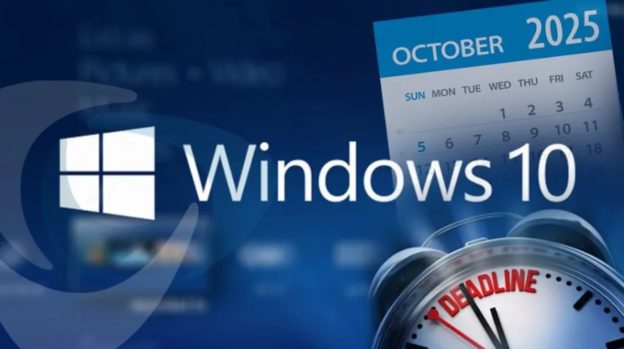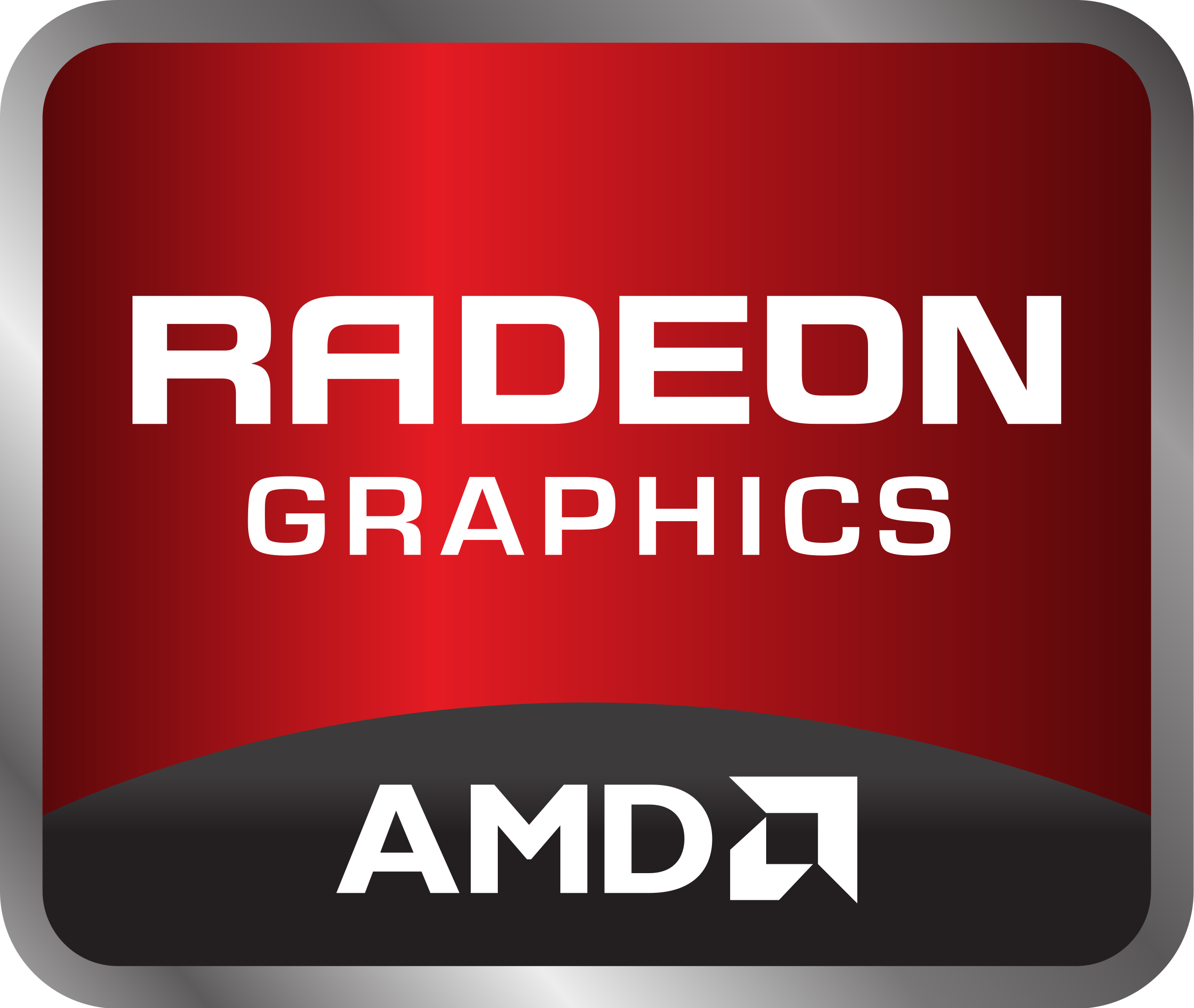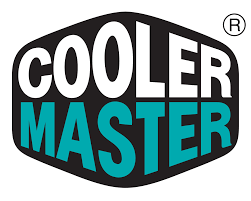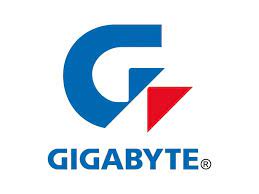Building a gaming PC can be a rewarding experience, allowing you to customize the hardware to your specific needs and budget. Here’s a general guide to walk you through the process:
1. Planning and Budgeting:
- Determine your budget: This will guide your component selection and ensure you don’t overspend.
- Research components: Familiarize yourself with the different components (CPU, GPU, RAM, storage, etc.) and their functionalities. Look for benchmarks and reviews to compare options within your budget.
- Choose compatible parts: Ensure all the components you select are compatible with each other. Use online tools or retailer compatibility checkers to avoid compatibility issues during assembly.
2. Gathering the Components:
- Central Processing Unit (CPU): The brain of your PC, responsible for processing instructions. Consider factors like core count, clock speed, and compatibility with your motherboard.
- Graphics Processing Unit (GPU): Handles graphics rendering, crucial for gaming performance. Choose a GPU based on your desired resolution, frame rate, and game settings.
- Motherboard: The foundation that connects all the components. Select a motherboard compatible with your CPU, RAM, and other chosen components.
- Memory (RAM): Provides temporary storage for running programs. Aim for at least 16GB of RAM for smooth gaming performance.
- Storage: Choose a combination of Solid-state Drive (SSD) for fast boot times and application loading, and a Hard Disk Drive (HDD) for storing large game files.
- Power Supply Unit (PSU): Provides power to all components. Choose a PSU with sufficient wattage to handle your chosen hardware.
- Case: Houses all the components. Consider factors like size, cooling options, and aesthetics.
3. Assembly Process:
- Prepare your workspace: Ensure a clean, well-lit, and static-free environment to prevent damage to the components.
- Assemble the components outside the case: Carefully install the CPU, RAM, and cooler onto the motherboard according to the manufacturer’s instructions.
- Mount the motherboard and other components: Secure the motherboard in the case and install other components like storage drives, GPU, and power supply.
- Cable management: Properly route and organize cables to improve airflow and aesthetics inside the case.
- Connect peripherals: Connect your monitor, keyboard, mouse, and any other peripherals.
4. Software Installation:
- Install the operating system: You’ll need a separate purchase of an operating system like Windows 11.
- Install drivers: Download and install the latest drivers for your motherboard, graphics card, and other components from the manufacturer’s websites.
- Install additional software: Install your desired games, applications, and utilities.
Additional Tips:
- Watch video tutorials: Many online resources offer visual guides to building a gaming PC.
- Take your time: Don’t rush the process, and carefully follow the instructions to avoid mistakes.
- Anti-static precautions: Ground yourself and wear an anti-static wristband to prevent electrostatic discharge (ESD) damage to the components.
- Seek help if needed: If you encounter any difficulties during the process, don’t hesitate to consult online forums, communities, or tech support for assistance.
Building a gaming PC can be a fun and rewarding experience, allowing you to create a machine tailored to your specific needs and preferences. Remember to do your research, plan your budget, and enjoy the process!





















































































